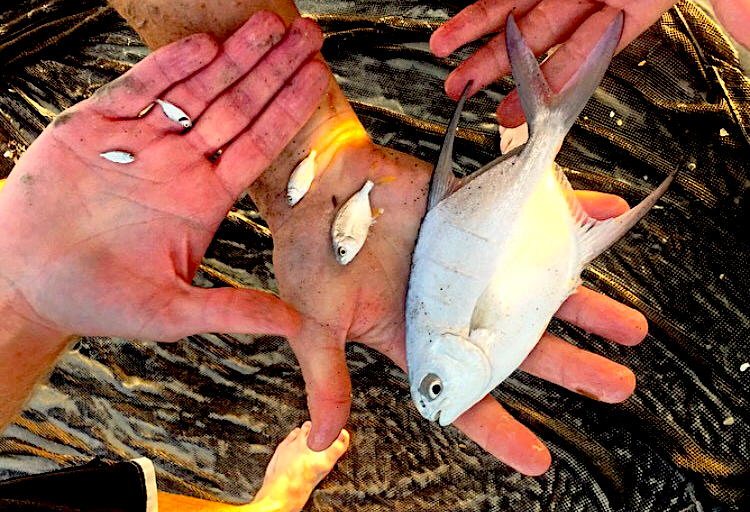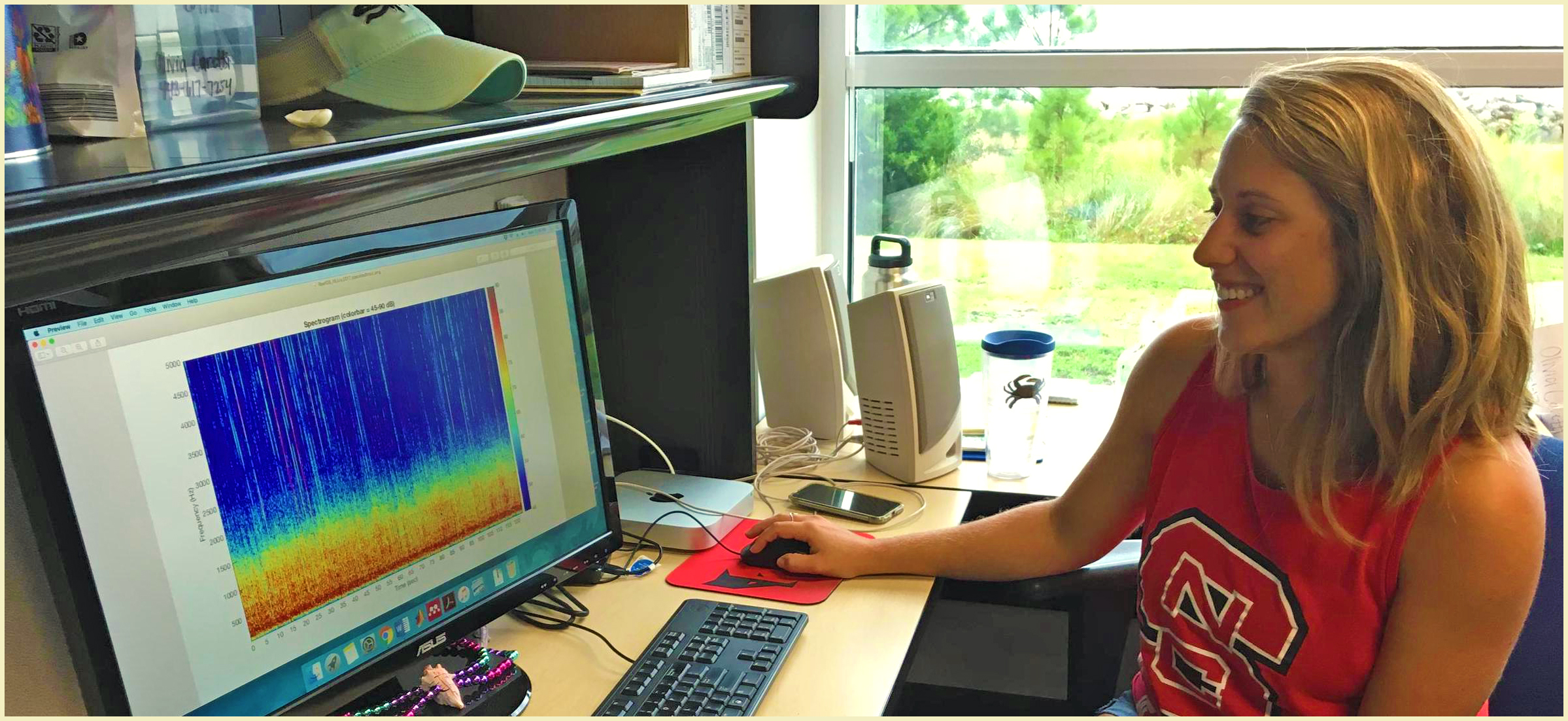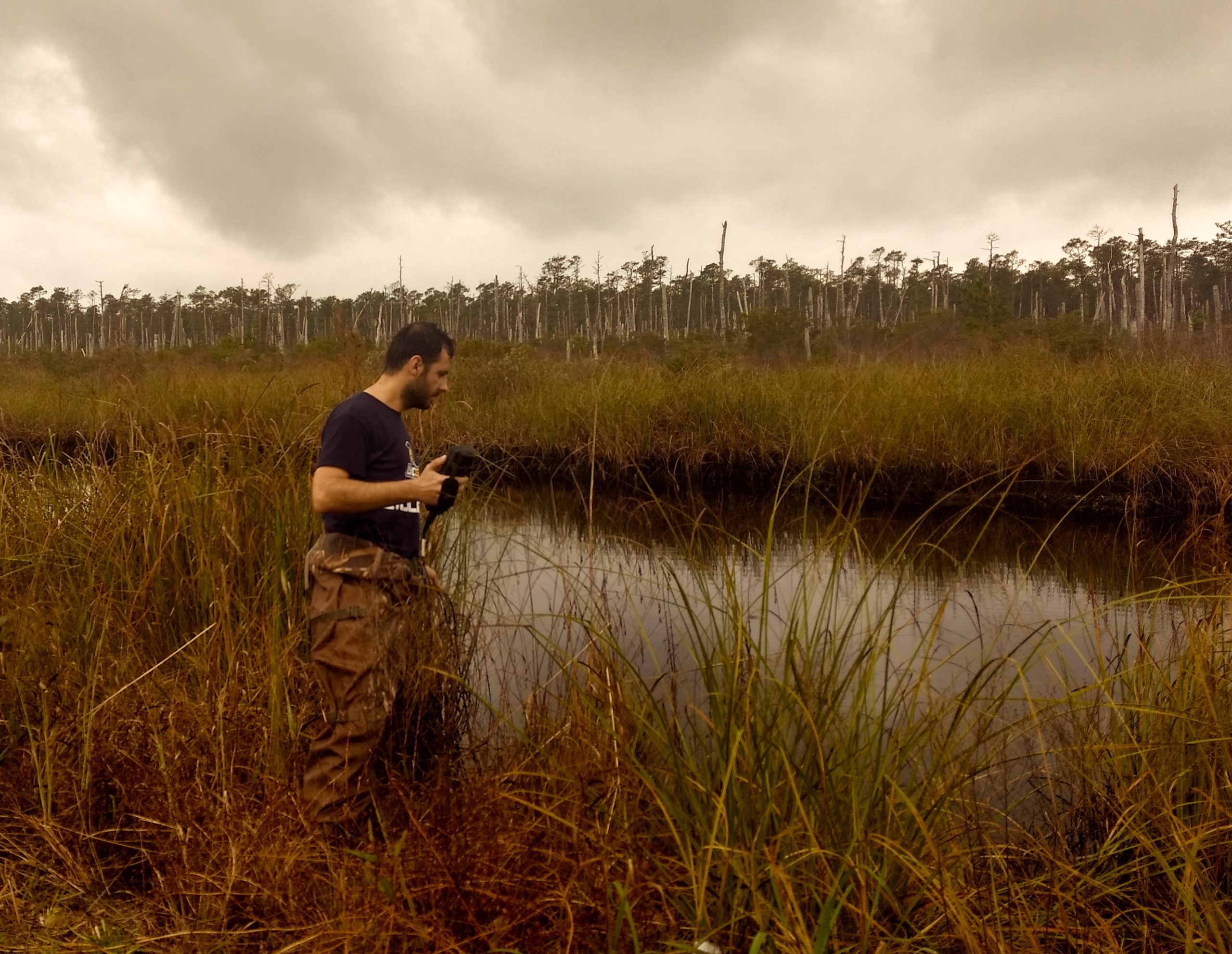Research Need
If you’ve paid any attention to the national and global seafood news over the past decade, it should come as no surprise that seafood mislabeling can be a common problem. A growing body of work suggests that between 19% and 30% of seafood is mislabeled globally. Research demonstrates that often cheaper or less desirable species are illegally substituted for the items sold.
The traditional method for gathering seafood samples for DNA identification involves scientists both collecting and processing the data and following strict procedures. But sometimes the desired study design doesn’t match what scientists actually can do within the constraints of manpower, funding, and geography.
Oceana, a conservation organization, conducted one of the largest studies of its kind to evaluate seafood mislabeling in the U.S.market place from 2010 to 2012.Those results have been reported extensively: 33% (421 of 1,243) of seafood samples collected across the country were mislabeled.
One of the unique aspects of the Oceana study was that the organization mobilized its members across the country in a grassroots effort to serve as citizen- scientist data collectors.
What did they study?
Investigators first perfected a simple sampling kit that the public could use to collect and submit seafood samples for DNA testing.
Investigators then used an email database of 55,346 Oceana members in 11 major U.S. metropolitan areas to announce the seafood fraud detection project and recruit citizen scientists. Volunteers selected two samples from multiple species available at grocery stories, retail markets, and restaurants in their area. Participants received no compensation for purchasing the seafood, and the sampling procedure for DNA analysis required them to save only a small raw or cooked portion. The research project paid for the DNA analysis.
What did they find?
One thousand fifty-eight of members signed up to be “seafood sleuths,” and each received a seafood test kit in the mail. Volunteers recorded information as the scientists had requested. Approximately 33% of the seafood sleuths returned 631 samples, nearly half of the samples collected for the entire study.
Investigators used multiple approaches and confirmed that data the citizen scientists collected was comparable to data the trained scientists collected.
The citizen-science approach also provided a more informed and engaged online membership, who continued to take action to advance seafood fraud policies with policymakers long after the completion of the study. The project likely contributed to the creation of the Seafood Important Monitoring Program, which today requires catch documentation and traceability for select species brought into the United States.
Anything else?
The U.S. Food and Drug Administration keeps track of seafood items sold (or thought to be sold) in U.S. establishments. This list contains scientific and common names of 1,957 individual species. go.ncsu.edu/seafood-list
by Scott Baker



